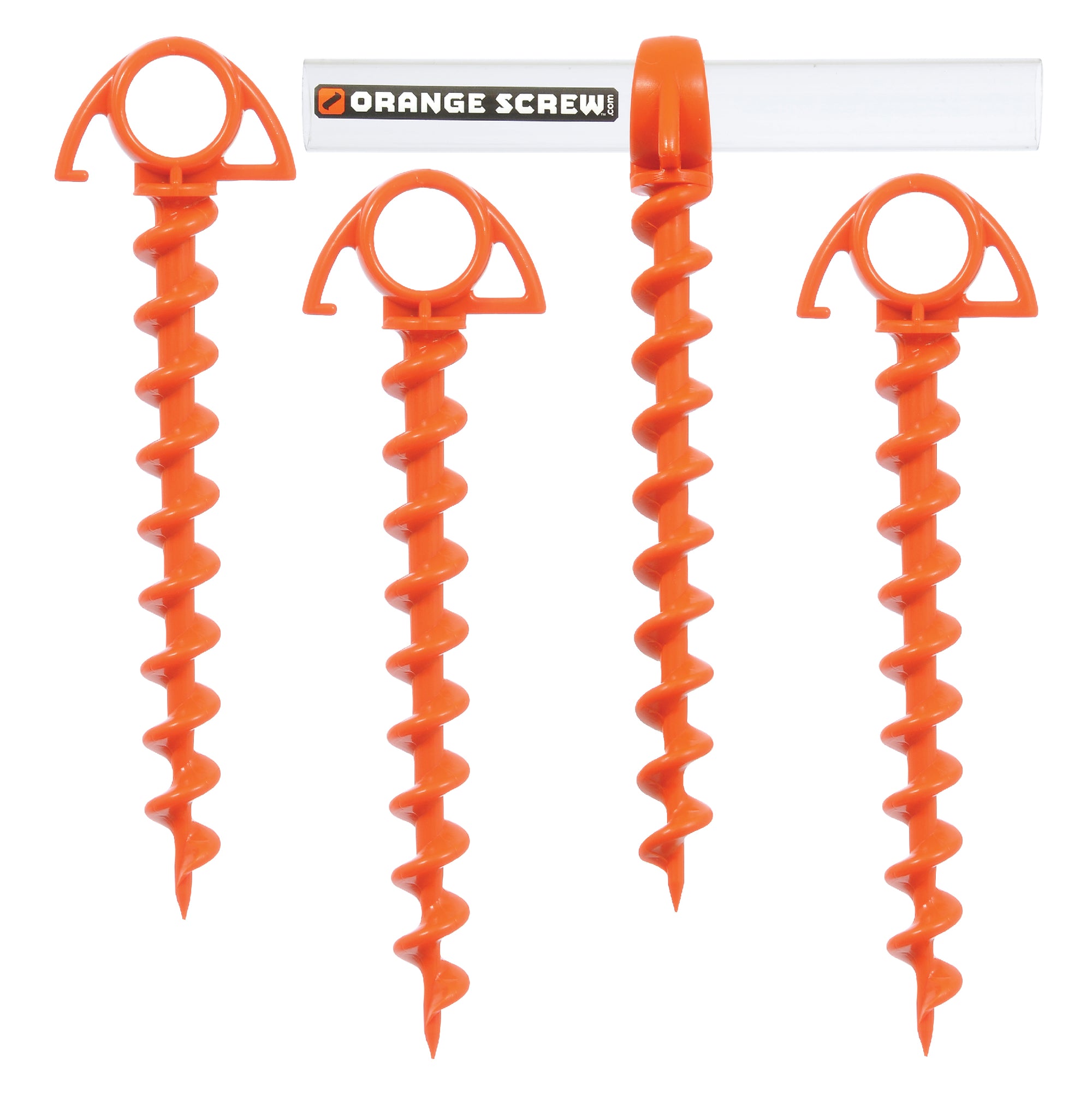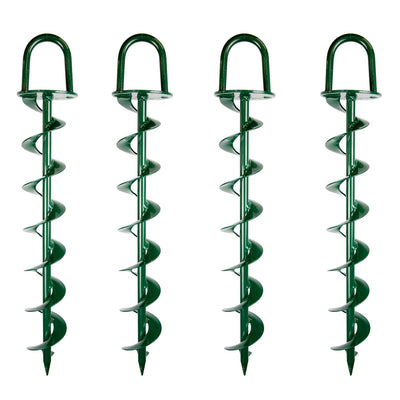Why You Need a Ground Anchor in Ensuring Property Protection
Why You Need a Ground Anchor in Ensuring Property Protection
Blog Article
Discover the Different Kinds Of Ground Support for Your Following Task
From auger supports, which excel in varied soil conditions, to stake supports made for short-term installments, the choices are various. Additionally, concrete and screw supports existing distinct benefits in specific situations, while deadman anchors are customized for applications needing resistance to side forces.

Auger Anchors
Auger supports are a popular selection in different construction and landscaping tasks due to their special design and effective securing capacities. These anchors are composed of a helical screw-like shaft that is driven into the ground, enabling a steady and secure hold. The spiral layout facilitates easy setup and makes the most of resistance versus side pressures, making auger supports particularly efficient in applications such as secure fencing, short-lived structures, and erosion control.
The installation process of auger anchors is reasonably straightforward. They can be by hand or mechanically installed, relying on the size and required depth. This adaptability enables their use in diverse soil conditions, from sandy to clayey terrains. Moreover, auger anchors can be quickly eliminated and recycled, which contributes to their cost-effectiveness and sustainability.
Among the significant benefits of auger supports is their capability to distribute lots uniformly throughout the bordering dirt, reducing the risk of dirt disturbance and decreasing environmental impact. Furthermore, they are less vulnerable to loosening or heaving in time contrasted to typical anchoring approaches. Auger supports are an excellent option for projects needing long lasting and trustworthy anchoring services.

Stake Anchors
When it pertains to safeguarding frameworks in a variety of exterior applications, risk supports offer a trusted and straightforward remedy. These anchors are generally constructed from resilient materials such as steel or aluminum, developed to endure environmental anxieties while giving ideal stability. Their straightforward design enables quick installment, making them an ideal option for short-term or permanent anchoring demands.
Risk anchors are specifically beneficial in securing outdoors tents, canopies, and other light-weight structures against wind and weather condition. They work by being driven into the ground at an angle, developing a solid hold that resists pull-out pressures - Ground Anchor. The efficiency of stake supports depends on a number of elements, consisting of soil kind, dampness material, and the angle of installment
For included protection, numerous risk anchors come with add-on points for bands or ropes, allowing for stress adjustments as essential. In applications such as landscape design or building and construction, they can effectively maintain devices or structures on uneven terrain. On the whole, stake anchors give a flexible and affordable remedy for safeguarding various outdoor installations, making them a recommended choice for specialists and do it yourself enthusiasts alike.
Concrete Anchors
Concrete anchors offer a robust remedy for securing frameworks to concrete surfaces, guaranteeing security and security in various applications. These anchors are vital for projects varying from domestic building and constructions to massive commercial installments. They can be found in different kinds, including expansion supports, glue anchors, and undercut supports, each developed for specific load demands and ecological conditions.
Adhesive anchors make use of high-strength epoxy or material to bond the anchor to the concrete, providing remarkable load-bearing capacities, especially in broken concrete situations. Undercut supports develop a distinct form within the concrete, offering extraordinary holding power, specifically in applications where tensile loads are common.
When executed properly, concrete supports considerably improve the structural integrity of different projects, making them indispensable in modern-day construction practices. Comprehending the specific requirements of your task will help in picking the appropriate kind of concrete anchor for the task.
Screw Anchors

Screw supports are a versatile securing service that can be efficiently utilized in a variety of applications where typical concrete anchors may not suffice. These anchors are composed of a helical style that permits them to be quickly driven into the ground, making them suitable for use in dirt and various other substrates. Their unique structure offers excellent holding power and resistance to pull-out pressures, making them appropriate for many jobs, from landscape design to structural support.
Among the main benefits of screw supports is their convenience of installment. They call for marginal tools and can usually be installed without the demand for excavation, which saves both time and labor costs. In addition, screw anchors can be eliminated and recycled, providing a lasting option for short-lived applications.
Screw supports are especially helpful in locations where dirt conditions are testing, such as loose or Your Domain Name sandy dirts. Their ability to be mounted at differing depths permits for customization based upon specific job demands. In general, screw supports offer a effective and dependable anchoring method, making them an excellent option for professionals and designers looking for reliable solutions for their projects.
Deadman Anchors
Deadman anchors act as a durable remedy for supporting structures in challenging problems, especially where traditional anchoring techniques may drop brief. These anchors are composed of large, hefty things hidden underground, which produce resistance versus side forces. The style generally entails a straight part, such as a block of concrete or a steel plate, buried in the soil, to which bands or wires are affixed.
The effectiveness of deadman supports lies in their ability to disperse loads over a bigger location, decreasing the risk of failing in unsteady dirt problems. They are especially valuable in applications such as preserving wall surfaces, temporary frameworks, and slope stablizing, where soil movement can compromise the stability of the structure.
Installment of deadman anchors needs cautious preparation to guarantee they are positioned at the proper depth and alignment, optimizing their load-bearing ability. While they might call for more labor and product than lightweight anchors, their integrity in damaging conditions makes them very useful for lasting tasks. Deadman anchors are functional and can be adapted to different applications, making them a go-to option for designers dealing with special difficulties in their jobs.
Verdict
In summary, picking the appropriate kind of ground support is important for making certain stability and protection in various tasks. Auger anchors master varied dirt problems, while risk anchors suit short-term applications. For concrete surface areas, growth and adhesive supports supply reliable alternatives, and screw anchors offer versatility in difficult terrains. Deadman supports are particularly reliable in withstanding lateral forces for informative post maintaining wall surfaces. Careful consideration of these choices will boost job results and architectural honesty.
In addition, concrete and screw supports present one-of-a-kind benefits in particular situations, Recommended Site while deadman supports are tailored for applications requiring resistance to lateral forces - Ground Anchor.Auger supports are a prominent option in numerous building and landscaping tasks due to their unique design and reliable anchoring capacities. They come in different kinds, including expansion anchors, adhesive anchors, and undercut anchors, each designed for specific lots requirements and environmental conditions
Adhesive supports make use of high-strength epoxy or material to bond the anchor to the concrete, offering premium load-bearing capacities, specifically in split concrete scenarios. Overall, screw anchors offer a efficient and reputable anchoring method, making them a superb option for engineers and contractors looking for efficient solutions for their projects.
Report this page